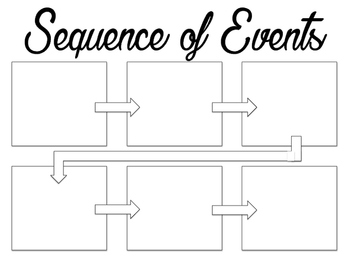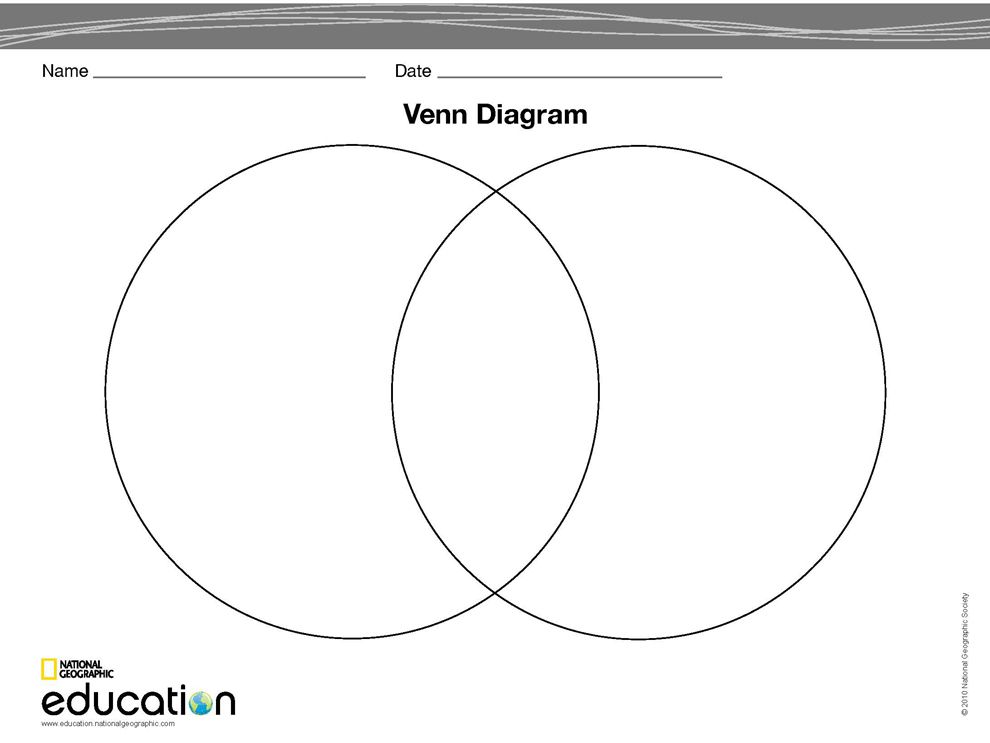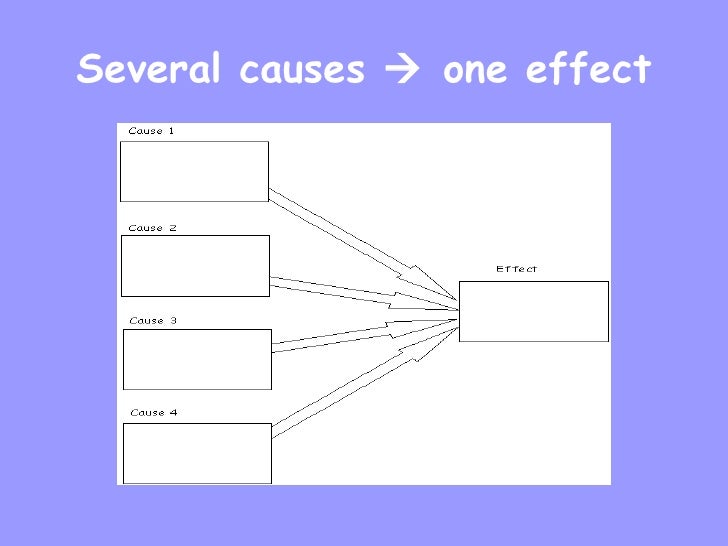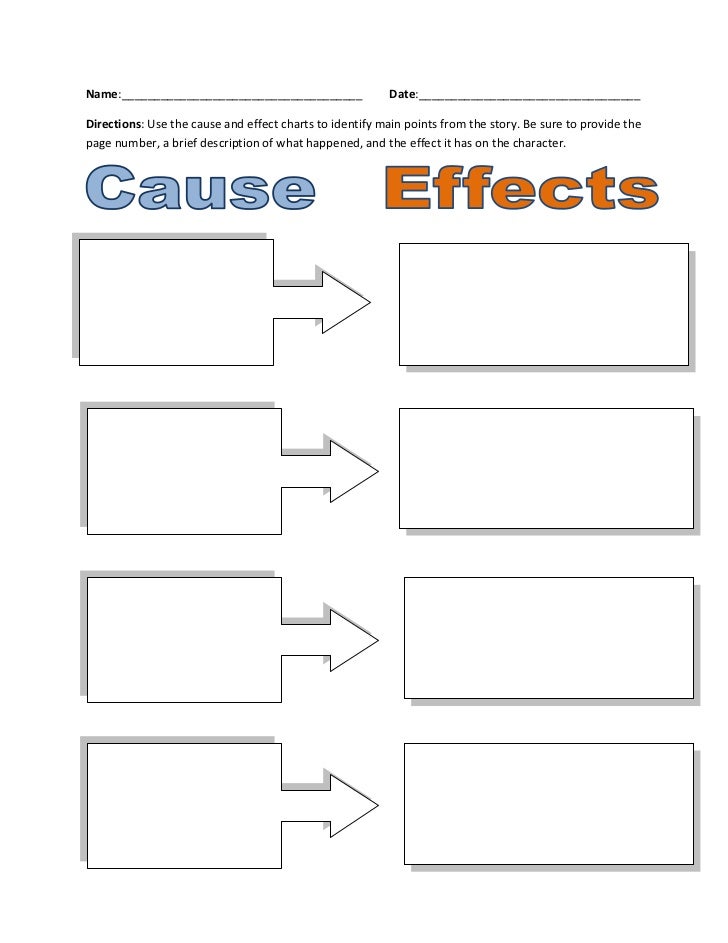Reading to Learn: Children begin to learn new knowledge, information, thoughts, and experiences by reading. Growth in word meanings (vocabulary) and background knowledge are primary goals. Children read selections from an increasingly broad range of materials (e.g., textbooks, magazines, encyclopedias) about an increasingly broad range of topics (e.g., history, geography, science). Most reading is for facts, concepts, or how to do things. In Phase A of Stage 3, when vocabulary and background knowledge are still rather limited, reading is best developed with materials and purposes that focus on one viewpoint. As students move through Phase B, they start to confront different viewpoints and begin to analyze and criticize what they read.
 Use it to define concepts or brainstorm; e.g. put Building Technology, in the middle of the organizer and ask students what they think this subject is all about. Write each response in a circle concisely. Home Economic teachers can put the word nutrients in the middle of the organizer and ask students to state what they think about when they hear the word "nutrients". Write responses.
Use it to define concepts or brainstorm; e.g. put Building Technology, in the middle of the organizer and ask students what they think this subject is all about. Write each response in a circle concisely. Home Economic teachers can put the word nutrients in the middle of the organizer and ask students to state what they think about when they hear the word "nutrients". Write responses.
Strategies
1. Introduce graphic organizers
Graphic organizers are also known as a knowledge maps, concept maps, story maps, or cognitive organizers. As the name indicates, they organize, visualize, and simplify information and, show relationships between facts, concepts or ideas. Graphic organizers also enhance both the teaching and learning process.Teachers can use graphic organizers to assess and evaluate students and actively engage students in the literacy experience. Graphic organizers help students:
*Remember to explain and if possible give at least one example of the value of using graphic organizers in content areas. Explain questions mean that you have to state why graphic organizers are important. Examples of graphic organizers include:
- access prior knowledge and previous experiences (KWL charts)
- organize and simplify lessons and information from expository or narrative texts
- remember the information and improve their comprehension (efferent reading)
- enjoy reading and writing (aesthetic reading)
- predict and make connections between concepts
- listen aesthetically efferently
*Remember to explain and if possible give at least one example of the value of using graphic organizers in content areas. Explain questions mean that you have to state why graphic organizers are important. Examples of graphic organizers include:
KWL Charts
Ruddell (1997) stated that KWL charts help students to brainstorm what they know about the topic, organize and categorize their knowledge and list it under K, and anticipate what they will read as they list the questions they would like to be answered under W.
Watch the video below
Venn Diagram
Use a Venn Diagram to compare and contrast things such as types of wood, types of families, types of appliques, or characters.
The similarities are placed in the intersection and differences in each circle.
Web Graphic Organizer
 Use it to define concepts or brainstorm; e.g. put Building Technology, in the middle of the organizer and ask students what they think this subject is all about. Write each response in a circle concisely. Home Economic teachers can put the word nutrients in the middle of the organizer and ask students to state what they think about when they hear the word "nutrients". Write responses.
Use it to define concepts or brainstorm; e.g. put Building Technology, in the middle of the organizer and ask students what they think this subject is all about. Write each response in a circle concisely. Home Economic teachers can put the word nutrients in the middle of the organizer and ask students to state what they think about when they hear the word "nutrients". Write responses.
Sequence of Events
This graphic organizer helps students remember a process like how to make lemonade, build a simple item, summarize the main events of a story, etc.
Cause and effect is an organizational pattern found in expository texts. Use this graphic organizer to organize the content.





Other Teaching Strategies
ReplyDelete Let them draw to depict what they have learnt from their texts or readings
Engage students in morphological study to foster further vocabulary growth
Have students read more complex fiction and non-fiction texts
Address text structure
Classroom Games
It doesn’t matter if you are 8 years old or 18 years old, everybody loves to play games. Games are a great way to keep people engaged, and it doesn’t hurt that they are fun. A lot of the time students don’t even feel like they are learning anything because they are so into the game. If students need to learn important vocabulary words for science, play Jeopardy!. If they need to remember specific dates in social studies, play memory. Any kind of game will help to make your class more interesting as well as keep them engaged.
Relate Class Content to Their Lives
When you create a real-world connection to what students are learning, it will give them a greater understanding of why they need to learn it. If your students are constantly asking you why they need to learn something, and you always are answering with “because you have to,” you will lose credibility with your students, and they will continue to not be interested in what you are teaching them. Instead, give them a real answer. If they are learning math and want to know when they will need to use it, tell them they will need math to write out checks, pay bills, buy groceries, figure out how much things that want cost. This will help them connect why they must learn what they are learning for their future.
Make it Interactive
A traditional classroom setting, where the teacher is standing in the front of the classroom lecturing to students as they take notes, is boring. If you want your students to be interested in what you are teaching them, you must make it interactive. Get them involved in everything that you are teaching. Provide opportunities for students to respond to texts through writing and discussions. Try the jigsaw cooperative learning method, where students work together as a team to learn and complete a task. Each student is responsible for their own part but must work as a group in order to complete the task. By involving students and making it hands-on, you are engaging them and making them interested in the content that they need to learn.
Use Technology
Technology is what students live and breathe every day. If you want to make your class the most interesting class that everyone loves to go to, then you must incorporate some kind of technology. Instead of lecturing and having students take notes, use a smartboard and have students come up to the board and interact. Instead of giving students a quiz on paper, use a computer or a tablet. Instead of having students work on a project together, have them video conference with another class from another country and work with them on the project. Utilize technology in your classroom and your students will be interested and engaged in what they are learning.
Overall, talk less and involve students more. The more you make your class interactive and the more that you utilize technology, the more your students will enjoy what they are learning.